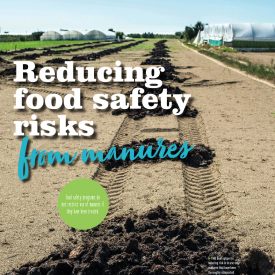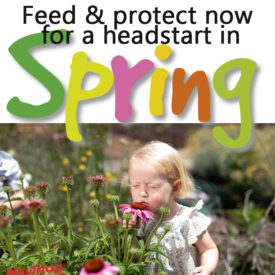Reducing food safety risks from manures

Manures have been used to improve agricultural soil fertility for over 7,000 years. Manures add nutrients and organic matter, increase soil bulk density, enhance structure and water holding capacity and increase biodiversity.
Unfortunately, manures can contain pathogenic bacteria such as Escherichia coli (E. coli), Salmonella spp., Listeria monocytogenes, Campylobacter spp., Yersinia enterocolitica and others. Even a small dose of some of these human pathogens – particularly some species of Salmonella and types of E. coli – can cause severe illness and even death.


